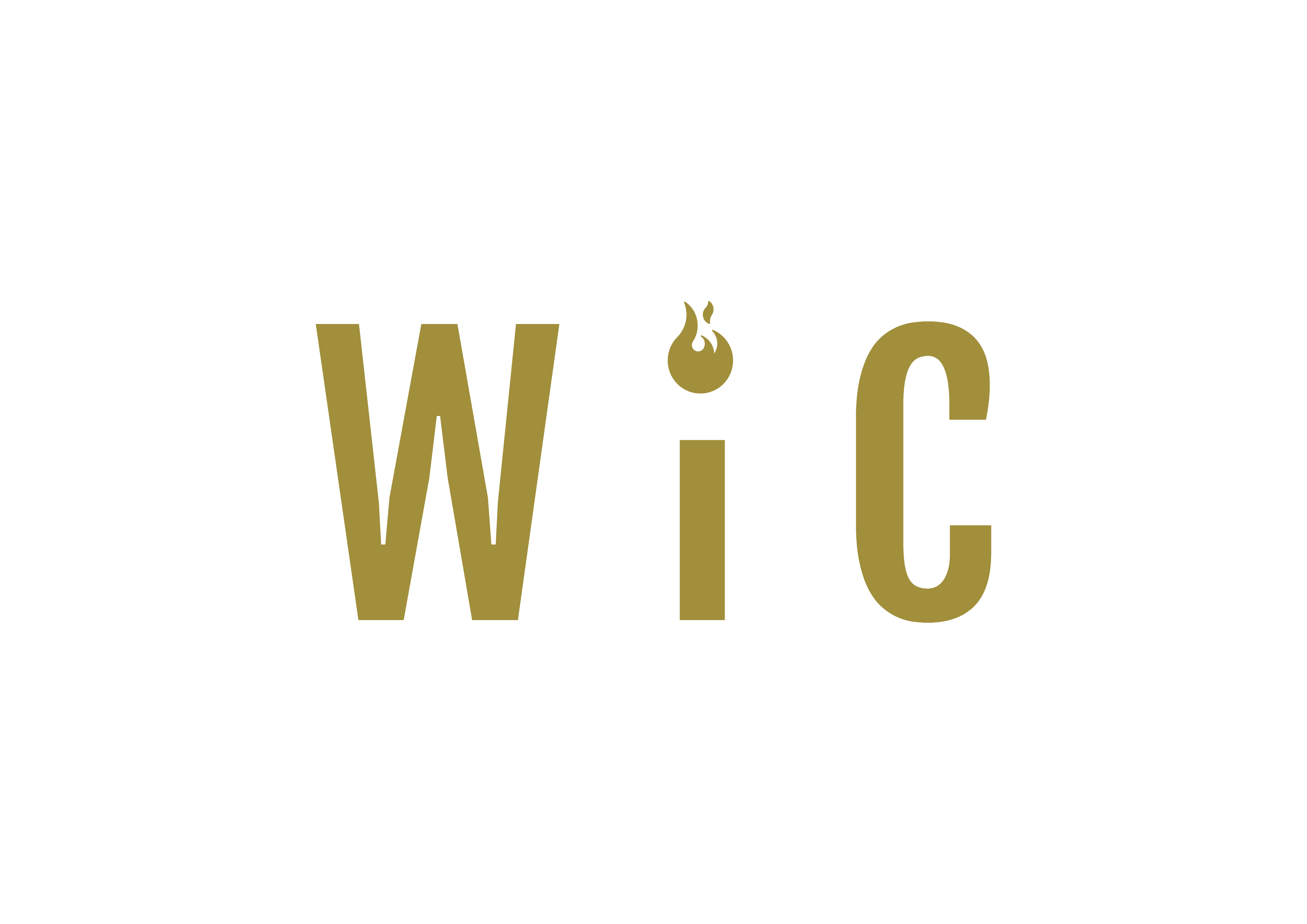
In today’s fast-paced world, multitasking and constant distractions can make it difficult to concentrate on any single task. Between buzzing smartphones, social media notifications, and endless to-do lists, your mind can easily scatter, making it hard to maintain consistent focus. How do you escape this cycle? Mindfulness might just be the key to improved focus and concentration.
The Connection Between Mindfulness and Improved Focus
Mindfulness, at its core, is about being fully present in the moment. By teaching you to pay attention to your surroundings and your inner state, mindfulness can serve as a tool to help you enhance your concentration. When you practice mindfulness, you become less distracted, more engaged in tasks, and better able to manage stress. As a result, your ability to focus significantly improves.
But don’t just take my word for it. Scientific evidence supports the mental health benefits of mindfulness, including improved cognitive function and increased attention span. The principles of mindfulness can be applied to various aspects of life, including work, relationships, and personal growth.
“The present moment is filled with joy and happiness. If you are attentive, you will see it.” – Thich Nhat Hanh
Simple Techniques to Kickstart Mindfulness
Starting a mindfulness practice might sound like a daunting task, especially if you’re new to the concept. Thankfully, there are several entry points that are particularly helpful for beginners. One excellent starting point is to engage in mindfulness meditation. If you’re new to this practice, our guide on Mindfulness meditation for beginners is a fantastic resource.
- Breathing Exercises: Deep breathing is a simple yet effective way to center yourself. Focus on each inhalation and exhalation, feeling the air move through your nostrils and fill your lungs.
- Body Scan: Become aware of physical sensations in different parts of your body, from your toes all the way up to your head.
- Visual Focus: Pick an object in your environment to concentrate on. Observe its details, such as color, texture, and shape, to keep your mind from wandering.
A great way to kickstart mindfulness is to do a Hard Reset on your mental state. This is a great way to clean the slate and prime yourself for a journey towards focus and mindfulness.
When Mindfulness Meets Anxiety and Stress
In addition to improved focus, mindfulness techniques can also serve as a powerful antidote to anxiety and stress. For example, when you find yourself overwhelmed, exercises that draw your attention to your breath or bodily sensations can shift your focus away from stressors. You can explore our collection of mindfulness exercises for stress reduction for an array of effective techniques.
“Mindfulness isn’t difficult; we just need to remember to do it.” – Sharon Salzberg
Moreover, if you find anxiety getting in the way of your focus, our website offers specialized guidance on mindfulness techniques for anxiety that are designed to help you manage unsettling thoughts and emotions.
Mindfulness vs. Meditation: Understanding the Differences for Improved Focus
While mindfulness and meditation are closely related, they are not identical practices. Understanding the subtle differences between mindfulness and meditation can help you choose the most appropriate technique for your needs.
- Mindfulness is a broad approach that can be applied to virtually any activity, teaching you to be present in the moment.
- Meditation, on the other hand, is a more structured practice where you set aside time to focus inwardly, often using mindfulness techniques as part of the process.
Knowing the nuances between the two can further improve your focus by tailoring the practice to your unique needs and circumstances.
Wic
Join our Newsletter Family Today & Receive a FREE WELLNESS STARTER PACK!
Wic
Beyond The Basics: Advanced Mindfulness Techniques for Laser-Like Focus
Now that you’re familiar with the fundamental principles and techniques of mindfulness, it’s time to dive into some advanced strategies. These approaches aim to deepen your experience, thereby enhancing the benefits of improved focus and concentration even further.
Embracing Mindful Eating for Enhanced Concentration
In a world where meals often happen in front of screens or on-the-go, the practice of mindful eating can be revolutionary. Mindful eating trains you to pay close attention to the flavors, textures, and aromas of your food. Doing so not only makes eating a more pleasurable experience but also teaches you how to focus on one task at a time—skills that are directly transferable to other areas of life requiring improved focus.
- Observe Before Eating: Before you dig in, take a moment to appreciate the colors and smells of your food.
- Chew Slowly: Taste each bite completely before swallowing. This habit not only enhances your enjoyment of the meal but also gives your digestive system a head start.
- Savor the Silence: Try eating without distractions like TV, phones, or reading material. The simple act of paying attention to your meal can transform it into a meditative practice.
“When walking, walk. When eating, eat.” – Zen Proverb
Tackling Difficult Emotions: Mindfulness for Emotional Regulation
Emotions can play a significant role in your ability to concentrate. Feelings like anger, sadness, or frustration can quickly drain your mental energy, making it hard to focus on tasks. Luckily, mindfulness can help you address these emotions constructively. In our detailed guide on the Mental health benefits of mindfulness, you’ll discover how mindfulness can be an effective tool for emotional regulation.
- Labeling Emotions: Put a name to what you’re feeling. This simple act can create a slight distance between you and your emotions, allowing for more objective analysis.
- Mindful Observation: Instead of trying to push away a difficult emotion, simply observe it without judgment. Notice how it feels in your body, and allow it to pass naturally.
Customizing Mindfulness for Your Unique Needs
No two minds are the same, which means that mindfulness techniques can—and should—be tailored to fit your unique set of needs and circumstances. To help you navigate this customization, consider your specific stressors, lifestyle, and even your physical health.
- Type of Work: If your job involves long hours of concentration, frequent short breaks for mindfulness exercises can help sustain your focus throughout the day.
- Personal Preferences: Some people find peace in nature, while others prefer the coziness of their room. Identify settings where you feel most at ease to practice mindfulness.
- Existing Health Conditions: If you are dealing with issues such as anxiety or chronic stress, specialized mindfulness techniques for anxiety and mindfulness exercises for stress reduction may be more suitable.
Mindful Productivity: The Perfect Marriage for Improved Focus
Many productivity techniques can be further enhanced by incorporating mindfulness principles. Whether it’s the Pomodoro Technique, time-blocking, or task-batching, applying mindfulness can elevate these methods. The core idea is to be fully engaged in whatever time block or task you’ve chosen, rather than letting your mind wander.
“Your goal is not to battle with the mind, but to witness the mind.” – Swami Muktananda
By combining productivity strategies with mindfulness, you create a synergy that propels your ability for improved focus to unprecedented levels.
The Ripple Effect: How Mindfulness Spreads Through Your Life for Ultimate Improved Focus
As you integrate mindfulness into your daily routine, you’ll soon discover that its benefits extend far beyond the immediate moments of practice. Like ripples spreading across a pond, mindfulness can have a cascading effect on various facets of your life. In this final section, we’ll explore how this ripple effect can amplify your improved focus and enrich your overall well-being.
Building Relationships with Mindfulness
We often think of focus as something that benefits us individually, perhaps in our professional lives or personal projects. However, improved focus can also have a profound impact on our relationships. By being fully present during conversations with family, friends, or partners, you’re not only showing respect, but you’re also more likely to catch the nuances of what’s being communicated.
- Active Listening: Make an effort to listen without interrupting, formulating your response, or allowing your mind to wander.
- Nonverbal Signals: Pay attention to gestures, facial expressions, and other nonverbal cues. These often communicate more than words.
- Quality Time: When spending time with loved ones, make it quality time. Put away distractions and focus entirely on the person you’re with.
“The most precious gift we can offer anyone is our attention.” – Thich Nhat Hanh
Mastering the Work-Life Balance Through Mindfulness
The practice of mindfulness can be particularly effective in helping you establish a healthier work-life balance. By honing your attention and boosting your focus, you can become more efficient in your professional tasks, thereby freeing up time to engage in personal activities and relaxation. Moreover, mindfulness can offer insights into what truly matters, helping you allocate your time more wisely.
For practical advice on applying mindfulness to manage work stress, our mindfulness exercises for stress reduction can serve as a comprehensive resource.
The Science of Mindfulness and Cognitive Function
As we’ve touched on before, mindfulness isn’t just a feel-good concept; it has a robust scientific backing. Studies show that regular mindfulness practice can lead to structural changes in the brain associated with improved focus, memory, and cognitive flexibility. If you’re interested in the neuroscience of it all, you won’t want to miss our in-depth look at the Mental health benefits of mindfulness, which delves into these scientific findings.
Long-term Commitment for Lasting Improved Focus
One of the beautiful things about mindfulness is that it’s not a quick fix but a lifelong journey. To experience the full range of benefits, including significantly improved focus, it’s essential to make mindfulness a long-term commitment. As you practice, you’ll find that mindfulness becomes not just something you do but a part of who you are.
- Regular Practice: Consistency is key. Make mindfulness a daily habit, even if it’s just for a few minutes.
- Advanced Techniques: As you become more comfortable, don’t hesitate to explore more advanced mindfulness techniques to deepen your practice.
- Continual Learning: The field of mindfulness is always evolving. Stay updated with the latest techniques and findings to enhance your practice.
“Mindfulness is the aware, balanced acceptance of the present experience.” – Sylvia Boorstein
Concluding Thoughts
The journey towards improved focus is neither a sprint nor a marathon—it’s more akin to a lifelong pilgrimage, filled with discoveries, challenges, and personal growth. By embracing mindfulness in all its facets, you’re not just improving your ability to concentrate; you’re enhancing your mental well-being, enriching your relationships, and fostering a deeper, more meaningful engagement with life itself.
In a world that constantly pulls our attention in a thousand different directions, mindfulness offers a sanctuary of calm and focus. It’s a skill, a practice, and a way of life that provides the keys to unlocking your fullest potential. Whether you’re just starting or you’re looking to deepen your practice, our diverse range of resources—from Mindfulness meditation for beginners to the intricate Mindfulness vs. meditation differences—offers something for everyone.
Thank you for joining us on this transformative journey towards a more focused, mindful, and enriched life.
